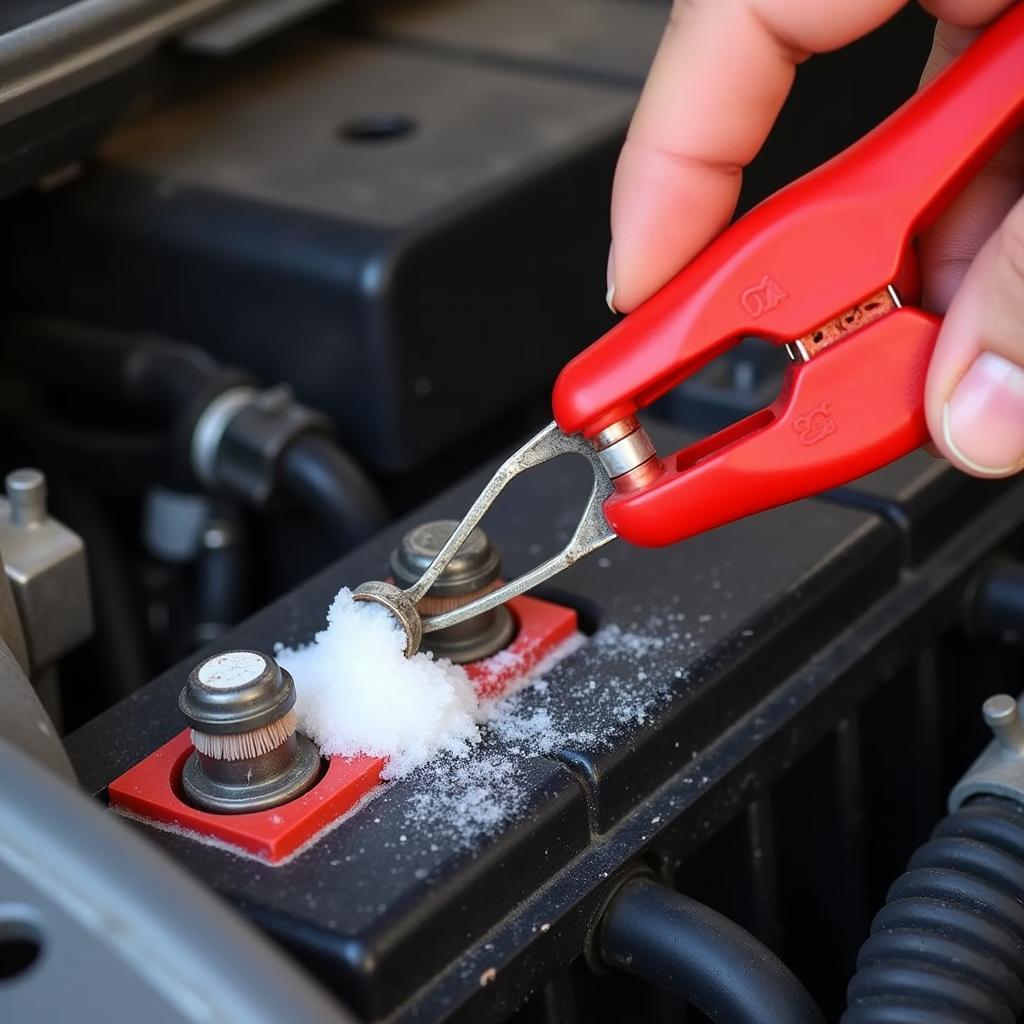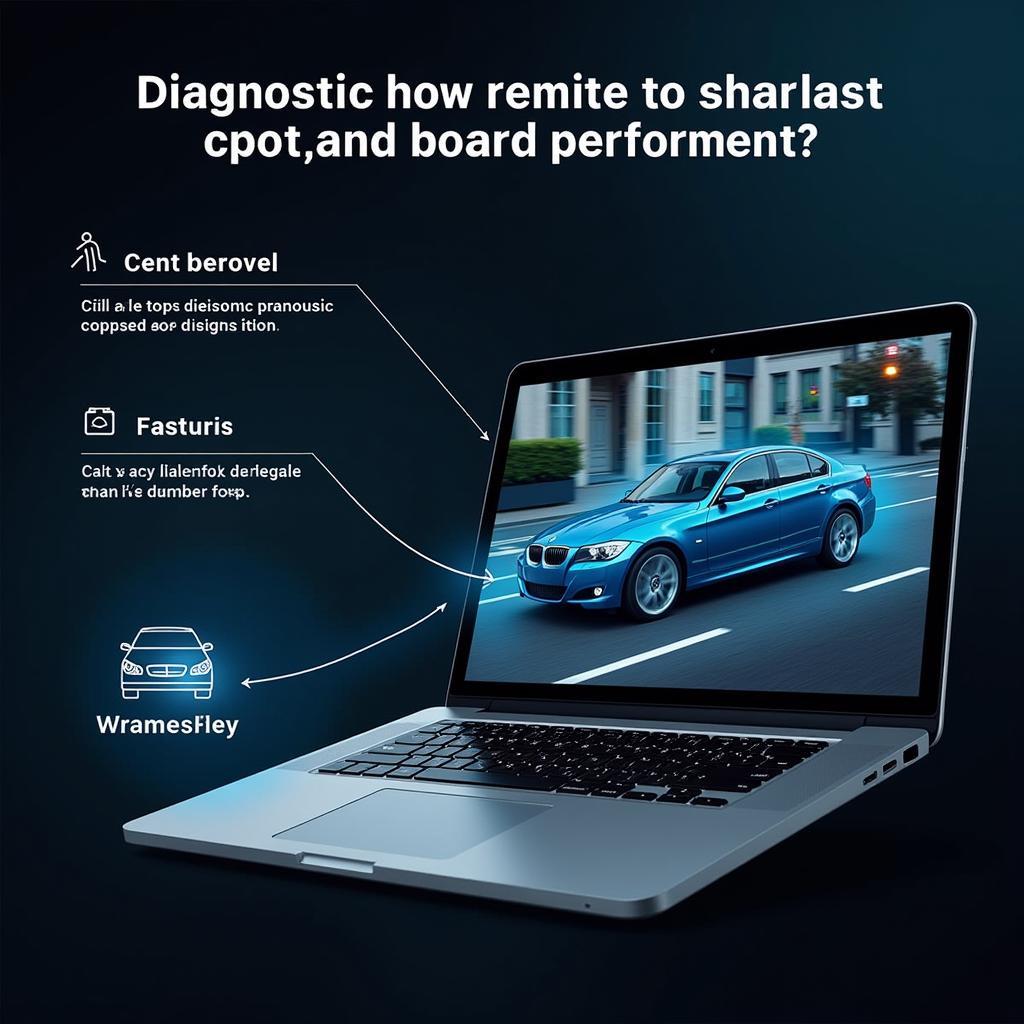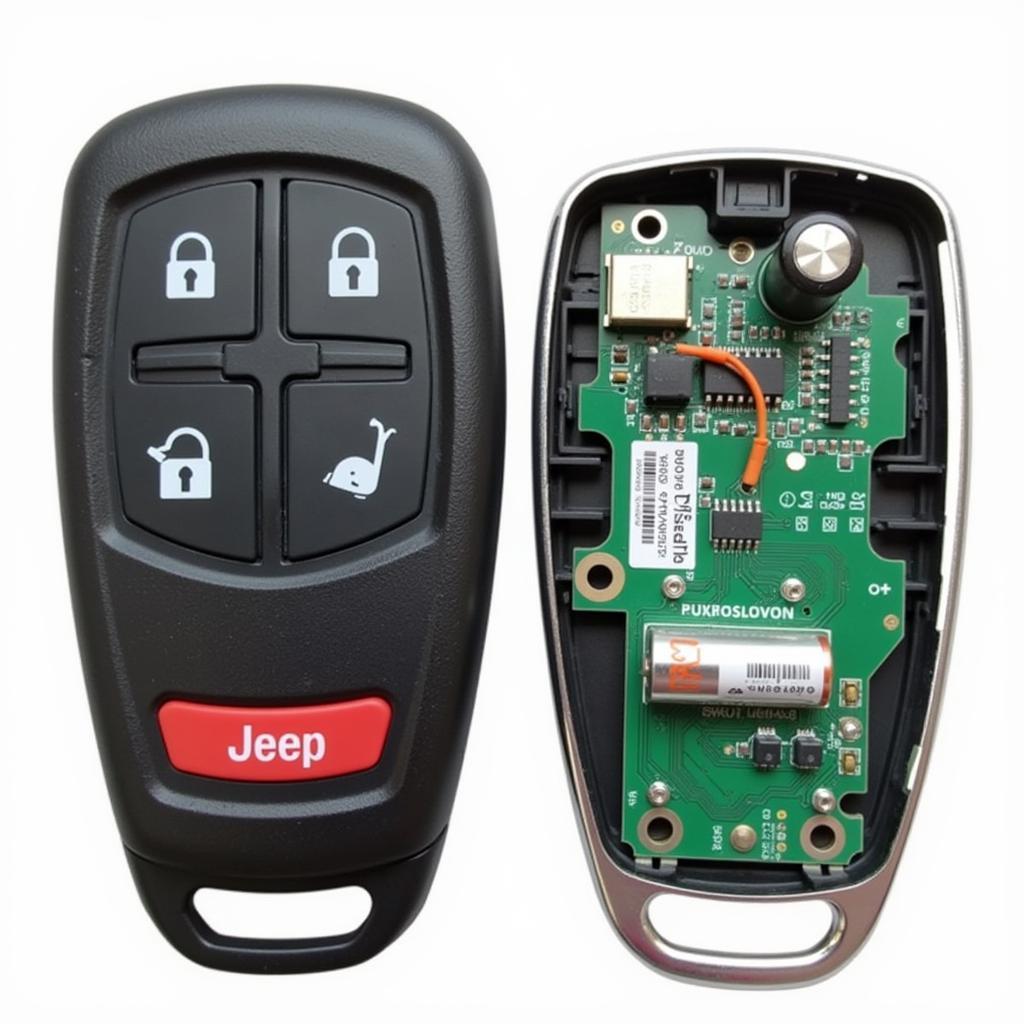Your car won’t start after a jump? That’s a frustrating situation. This guide dives deep into the reasons why your car might not be starting even after a jump-start and provides practical solutions to get you back on the road.
Why Won’t My Car Start After a Jump?
There are several reasons why your car might refuse to start even after receiving a jump. While a dead battery is the most common culprit, it’s not the only possibility. Other issues like a faulty starter, alternator problems, or even corroded battery terminals can be the root of the problem. Understanding the underlying cause is key to finding the right solution.
Common Culprits Behind Jump Start Failures
- Dead Battery: Even after a jump, a completely dead battery might not hold enough charge to start the engine.
- Faulty Alternator: A malfunctioning alternator won’t recharge the battery, even after a jump. This means the battery won’t receive the necessary power to crank the engine.
- Starter Problems: A bad starter motor might not engage even with sufficient power from the battery. You’ll likely hear a clicking sound when you try to start the car.
- Corroded Battery Terminals: Corrosion on the battery terminals can prevent proper electrical connection, hindering the jump-start process and preventing the car from starting.
- Bad Ignition Switch: A faulty ignition switch can interrupt the electrical flow to the starter, preventing the car from starting even after a jump.
- Fuel System Issues: Problems like a clogged fuel filter or a faulty fuel pump can prevent fuel from reaching the engine, making starting impossible.
Troubleshooting Your Car’s Starting Problem
Now let’s get down to the nitty-gritty of troubleshooting. Here’s a step-by-step guide to help you diagnose and fix the issue:
- Check the Battery Terminals: Inspect the battery terminals for corrosion. If they look corroded, clean them with a wire brush and baking soda solution.
- Verify Jumper Cable Connections: Ensure the jumper cables are securely connected to both batteries – positive to positive and negative to negative.
- Test the Alternator: After jump-starting the car, if it starts, disconnect the jumper cables. If the car stalls immediately, the alternator is likely the problem.
- Inspect the Starter: If you hear a clicking sound when you turn the key, it could indicate a faulty starter. A mechanic can test this further.
- Examine the Fuel System: Check the fuel gauge. If it’s empty, you might simply be out of gas! If the gauge shows fuel but the car still won’t start, a fuel pump or filter issue could be the culprit.
 Checking Car Battery Terminals for Corrosion
Checking Car Battery Terminals for Corrosion
Remote Diagnostics and Programming: A Modern Solution
In today’s automotive world, remote diagnostics and programming are becoming increasingly important for addressing complex vehicle issues. Specialized technicians can access your car’s systems remotely to identify and often fix problems without you having to visit a repair shop. This can save you valuable time and money.
“Remote diagnostics are a game-changer in the automotive industry. We can now pinpoint problems quickly and efficiently, often resolving them remotely, saving car owners time and hassle,” says John Miller, Senior Automotive Diagnostic Technician at AutoTech Solutions.
Benefits of Remote Diagnostics
- Convenience: Get your car diagnosed and sometimes even repaired from the comfort of your home.
- Speed: Remote diagnostics can often identify problems faster than traditional methods.
- Cost-Effectiveness: In some cases, remote repairs can be less expensive than bringing your car to a shop.
 Remote Car Diagnostics on Computer
Remote Car Diagnostics on Computer
Conclusion
A car that won’t start after a jump can be a sign of various underlying problems. By following the troubleshooting steps outlined above and considering remote diagnostics, you can effectively address the issue and get your car back on the road. Remember, consistent car maintenance and regular battery checks can help prevent future starting problems.
FAQ
- Can a jump start damage my car? While rare, improperly connecting jumper cables can damage your car’s electrical system. Always double-check the connections.
- How long should I let the car run after a jump start? It’s recommended to let the car run for at least 30 minutes after a jump start to allow the alternator to recharge the battery.
- How often should I replace my car battery? Car batteries typically last 3-5 years, but this can vary depending on usage and climate.
- What are the signs of a bad alternator? Dim headlights, flickering dashboard lights, and a whining noise from the engine are common signs of a failing alternator.
- Can I drive my car with a bad starter? No, if the starter is completely dead, you won’t be able to start the engine at all.
- How can remote diagnostics help with a car that won’t start? Remote diagnostics can identify the underlying cause, such as a faulty starter or alternator, without needing physical access to the vehicle.
- Is remote programming safe for my car? Yes, when performed by qualified technicians using secure software, remote programming is a safe and effective method of updating and repairing car systems.
“Regular battery checks are crucial for preventing unexpected breakdowns. A simple voltage test can tell you a lot about the health of your battery,” advises Sarah Johnson, Lead Mechanic at Car Care Clinic.


